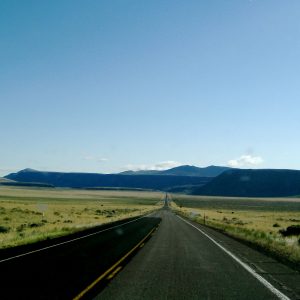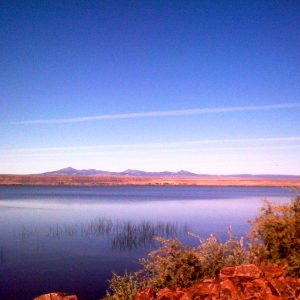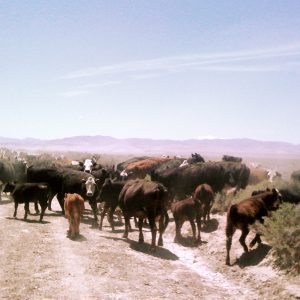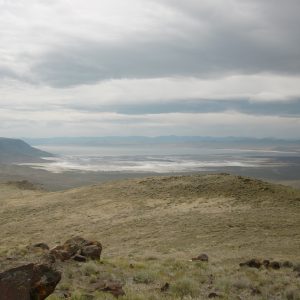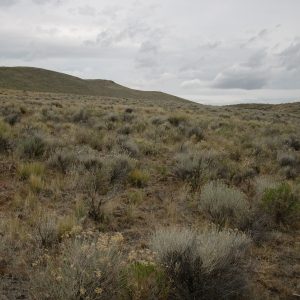It’s been four weeks since I left Chicago for Buffalo. The experiences I have had in these first few weeks have been a bit overwhelming. Once I overcame the initial culture shock, I found that Buffalo wasn’t at all the boring small town I thought it would be. While definitely small, both the town and the field office are full of some of the most fun-loving and kind-hearted people I have ever met. The people of Buffalo know the value of the land that they live on and take full advantage of it. Hiking in the Big Horns, camping in Middle Fork Canyon, running on the creek-side trail that runs through town or fishing out of it are only a few joys found around Buffalo. I can’t forget to mention the bluegrass Thursdays and weekends at the local BBQ joint. I have the pleasure of living with enthusiastic, career oriented, young people like myself, from whom I have much to learn.
I had never really heard of the BLM before coming to Buffalo. Coming from the flat, enclosed, and busy environment of Chicago, I could not have understood the scope and value of the land and the kind of work that the BLM does. At work I am surrounded by people who truly dedicate themselves to serving and protecting public land. I has been amazing for me to see how all these disciplines (biology, geology, archaeology, natural resources, etc.) are involved in managing land.
My particular task is to assemble a Visual Resources Inventory (VRI) for the Newcastle field office. As a biologist, I never even thought about how difficult it would be to mitigate all the visual impacts of the developments that we employ on BLM lands, not just oil fields and transmission lines, but solar and wind farms as well. In order to mitigate visual impacts on the BLM lands, an inventory of the visual values of the lands is needed. A VRI is a method of quantifying the visual values of landscapes. The Visual Resources Inventory is used to establish Visual Resource Management classes, which are then used in the writing of resources management plans. The biologist in me hopes that there is much more planning involved in developing projects to protect the landscape that only taking visuals into account, and there definitely is. However, after attending a week-long course of Visual Resource Management, I see the necessity for taking visuals into account.
That is about it for my first month. I have been training, working with kids, getting used to living in a big house with five other BLM-ers, and more training. I have at least four more months to learn, work, and enjoy; but I am sure they will pass very quickly. Here are a few pictures of what I have seen this first month. More to come next month!

Right before my situational awareness training

Just a casual drive through on our first weekend in Buffalo

I need batteries for my SLR







